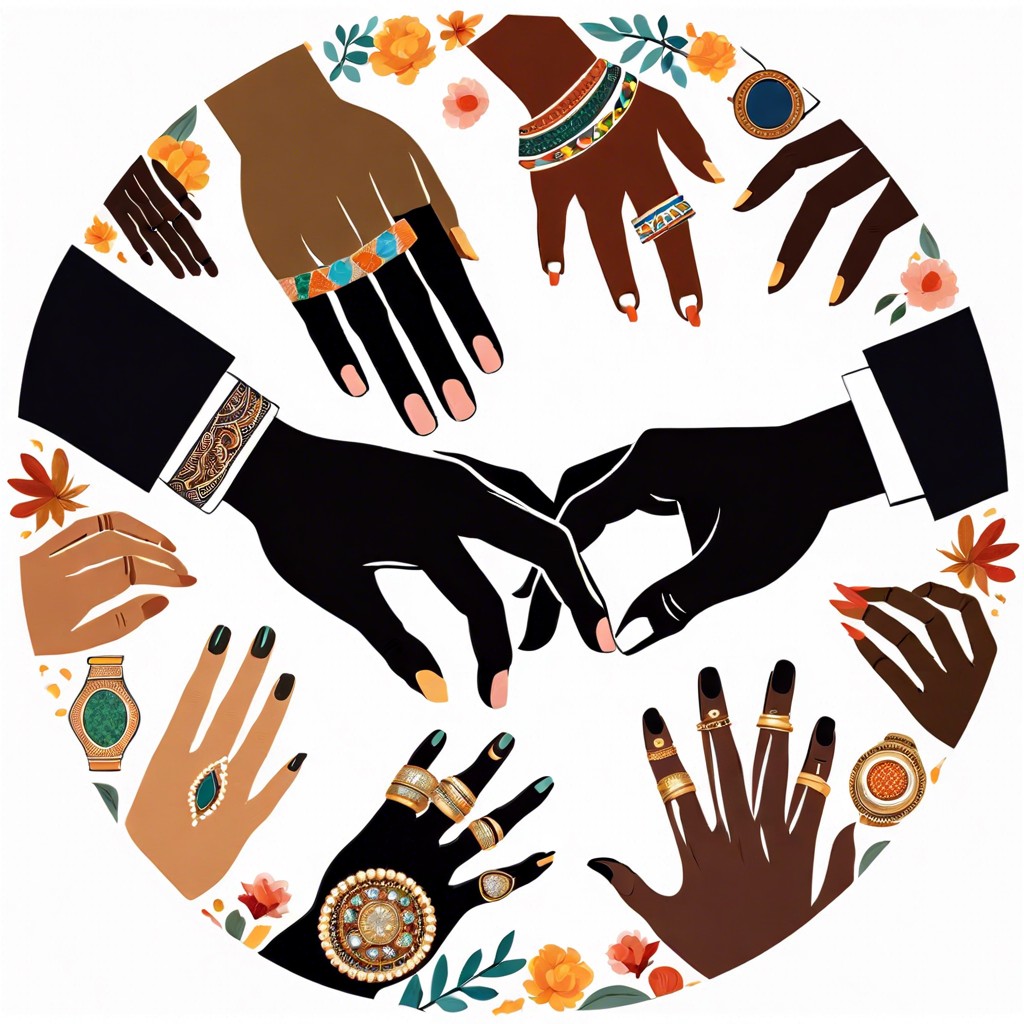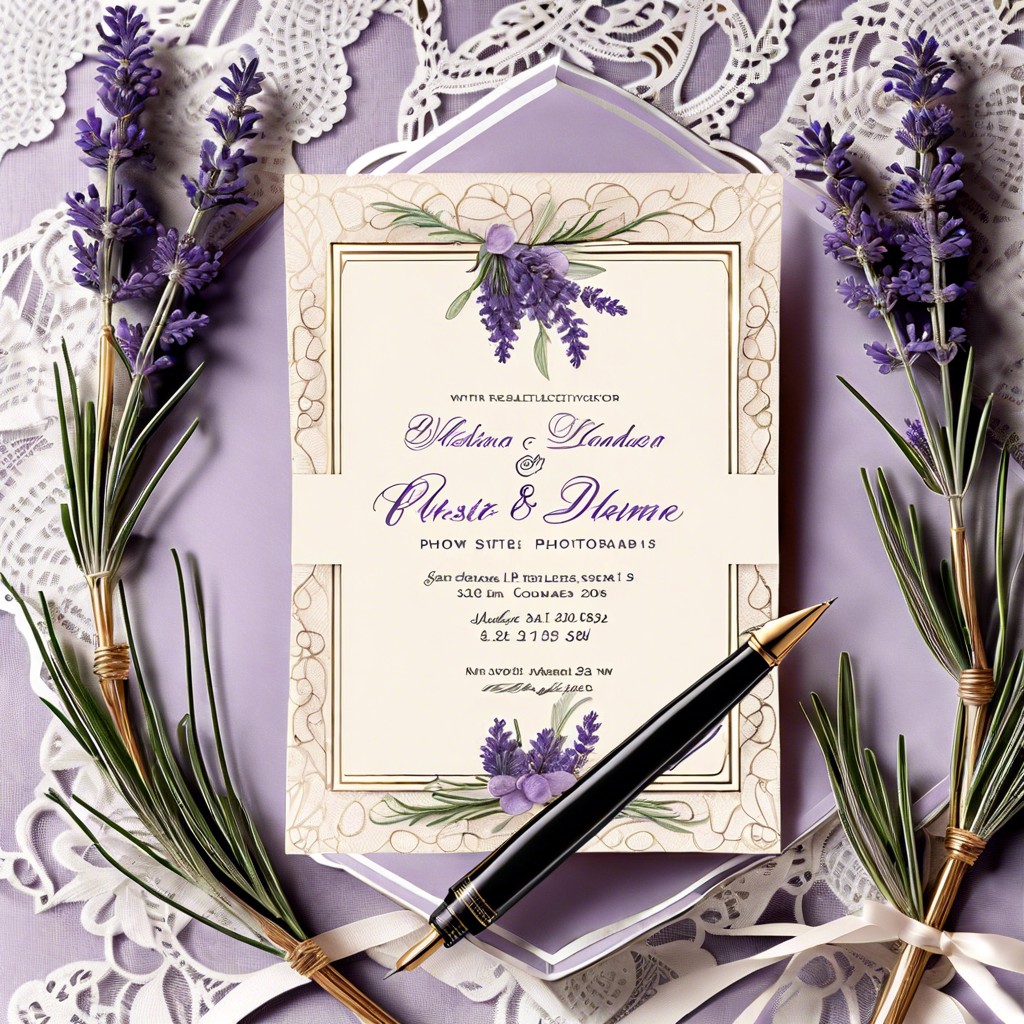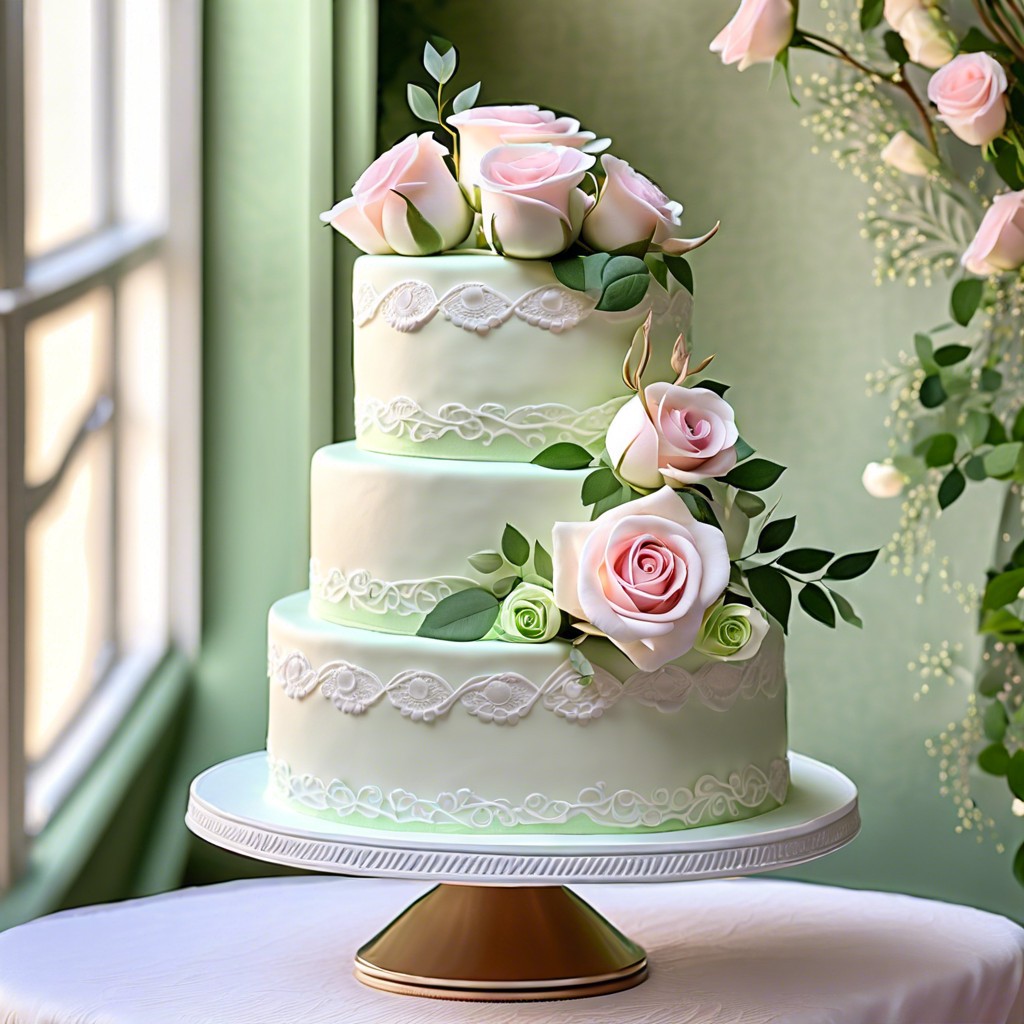Discover the factors that influence wedding photographer costs to help you budget effectively for your special day.
Key takeaways:
- Wedding photographer costs vary based on location, experience, event duration, package details, and time of year.
- Some photographers cost more due to their expertise, style, equipment, location, and package details.
- Wedding photography packages may include hours of coverage, number of photographers, engagement sessions, high-resolution images, print release, albums, and more.
- Factors influencing wedding photography prices include experience, duration of coverage, travel distance, package details, time of year, image rights, post-processing, and prints.
- Determine the importance of photography, research average costs, allocate a percentage of your budget, consider experience and style, and understand the deliverables when deciding how much to invest in wedding photography.
The Average Cost of a Wedding Photographer Will Drastically Vary

Wedding photography pricing can differ widely due to several key factors:
1. Location: Urban areas typically command higher prices due to higher business costs and demand.
2. Experience: Seasoned photographers with established reputations often have higher rates.
3. Event Duration: More hours imply additional coverage, leading to increased costs.
4. Package Details: The number of photos, prints, and special services (e.g. engagement shoot) affect pricing.
5. Time of Year: Peak wedding seasons may see a surge in rates due to greater demand.
It’s important to balance budget with desired quality when considering these variables.
Why Do Some Photographers Cost More Than Others?
Experienced photographers often command higher prices due to their expertise and reputation. They bring a refined skill set honed over many events, ensuring high-quality captures and professional handling of various lighting and scene conditions.
The style of photography is a key differentiator. Creatives specializing in editorial or fine art wedding photography, which requires advanced techniques, may charge more for their unique aesthetic that can turn your memories into high-end artwork.
Equipment and operational costs play a pivotal role. Higher-end cameras and lenses, along with backup gear, editing software, and studio expenses, mean additional investment by the photographer, which is factored into their rates.
Location is influential as well. Photographers in metropolitan or high-demand areas often have higher fees to mirror the cost of living and market rates in those regions.
Finally, package details contribute to cost disparity. Those offering comprehensive services, including engagement shoots, multiple locations, second shooters, and elaborate photo albums, naturally charge more for the added value and time investment.
What’s Included in a Wedding Photography Package?
Wedding photography packages are often tailored to meet varying needs and may include:
- Hours of Coverage: Most packages specify the number of hours the photographer will be present during your wedding day, typically ranging from 4 to 12 hours.
- Number of Photographers: Depending on the package, there might be one photographer or multiple shooters to capture different angles and moments concurrently.
- Engagement Session: Some photographers offer a pre-wedding shoot as a part of their package. This can help you get comfortable in front of the camera and with the photographer’s style.
- High-Resolution Images: You can expect to receive a certain number of edited, high-resolution digital images suitable for prints and albums.
- Print Release: This permits you to print your photographs personally or through a vendor of your choosing.
- Albums and Prints: Higher-end packages may include custom-designed albums or a set number of prints.
- Additional Events: Coverage for other wedding-related events, such as the rehearsal dinner or a day-after session, might be included.
- Digital Gallery or USB: Delivery of the final images is typically done through an online gallery where you can download the photos or via a USB drive.
Evaluate each component when considering packages, and assess which elements are most important to your wedding day storytelling.
What Affects Wedding Photography Prices?
Several factors influence the final cost that a photographer charges for capturing a wedding, including:
- Experience and Skill: Seasoned photographers with a strong portfolio and reputation for quality are likely to charge more.
- Duration of Coverage: The number of hours a photographer is required to shoot can increase pricing, as full-day coverage costs more than a few hours.
- Travel Distance: If the photographer has to travel far, the additional costs for transportation and potentially accommodation will be added to your bill.
- Package Details: Packages with extra services such as engagement shoots, multiple locations, or additional shooters come at a higher price.
- Time of Year: Peak wedding season dates often come with a premium due to higher demand.
- Image Rights: Purchasing full rights to your photos for unlimited use can drive up the cost.
- Post-processing: The extent of editing, touch-ups, and customization will affect the price.
- Album and Prints: Physical prints, custom albums, and special presentation options will increase the overall cost.
Understanding these factors helps in effectively budgeting for, and making informed decisions when selecting, your wedding photographer.
How Much Should You Invest in Wedding Photography?
Deciding on your wedding photography budget hinges on several factors:
1. Priority: Determine how important photography is relative to other aspects of your wedding. If capturing high-quality memories tops your list, allocate a more significant portion of your budget here.
2. Research Averages: Check the average costs in your area and set a realistic budget based on these figures. Keep in mind that costs can fluctuate based on season and demand.
3. Percentage of Total Budget: As a rule of thumb, aim to spend about 10-15% of your total wedding budget on photography.
4. Consider Experience and Style: Experienced photographers with a signature style often charge more. Reflect on whether this aligns with the value you place on unique and high-quality images.
5. Understand the Deliverables: Take into account the tangible products and services offered, such as albums, prints, and the number of hours of coverage. More deliverables can mean a higher investment.
By carefully weighing these points, you can earmark an appropriate amount for your wedding photography, ensuring it is in harmony with the overall vision and financial framework of your special day.



